Oh, you can scoff if you want to. "Coffee just tastes of bitter and 'brown'" Well, be prepared. This article should come with a warning: "Mind blowing content ahead!". To some, the idea of 'proper coffee' is that great brand of instant that they are loyal to, and doing a coffee tasting will seem ... ridiculous. But, we'd encourage them to think of coffee-making more like cooking in a fine restaurant rather than mixing a mug of builders tea.
It's like cooking
When cooking, you weigh ingredients, tweak temperatures, and measure the minutes to get great repeatable results. You also taste and adjust seasoning. Coffee should involve all of these activities.
Coffee has many layers of complex flavours that vary from bean to bean, from grower to grower, and even from one second to the next during the same brew.
Instant coffee is produced by 'Big Coffee' companies that are focused on profit and volume. This forces them to use inferior beans (typically Robusta varieties - to open that can of worms, see our Arabica vs Robusta article), and to over roast them to mask imperfections and homogenize the taste.
This is such a crying shame when you realise how much variety there is in coffee flavours.
Forget syrups and flavourings. We are talking about the flavours in the most naked preparations of coffee.
With there being so many varieties, growing conditions, origins, climates, etc of coffee beans, how can there be one roasting setting to cover them all. We roast each variety to an individual level that we feel brings out the best flavour profile in each bean. They need handling properly. But, how can we learn to taste this elusive and often hidden world?
When the pros get ready to do a tasting - called a cupping and it's where they identify all of these flavours - they make sure they do it right.
How to perform your own Cupping session at home.
- Grind 14g of beans. To avoid cross contamination from any other beans you might have previously used, put some beans through your grinder to purge it of old grindings. The pros use beans that have been roasted within the last 24 hours. As we say, freshly roasted is just better. Less of that wonderful flavour has escaped.
- Smell the grinds to get your olfactory senses going. 90% of flavour is detected through the nose, so we don't want to miss out on any of it.
- Pour 250g of off-boil water onto the grinds in a cup and time for 4-minutes from when the water first touches the grinds. (pros brew 2-5 cups for each coffee so that any outliers can be discarded)
- Wait 4-minutes, break the crust (the floating grounds that have risen to the surface) by pushing them down into the brew. Be sure to take another smell when you do this and push the grinds down 3 times. This smelling adds to our experience of the aroma.
- Skim any foam or grounds off of the surface and, now bear with us on this, we slurp. Using a spoon, grab some of the coffee and slurp it from the spoon with as much noise as you can. This might seem absurd, but the idea is to coat the entire inside of your mouth. We can detect a lot more this way, and why wouldn't we want to get everything out of this coffee that we can. Trust us, it tastes different to just taking a swig.
- Hold it in your mouth and 'chew' on it. Force the vapors up the back of your nose to get even more of the flavour.
Coffee Tasting
Official tasters score coffee based on the flavour, aftertaste, acidity, body, uniformity, balance, sweetness, cleanness. Points are removed for any defects in each category. For more on on scoring, check out our Speciality Coffee Quality Scores Explained article. Tastings are done again at 40-50 degrees and at room temperature to end up with a score out of 100.
We're not suggesting that you score your coffee - you can if you like, and let us know what you think of our roasting profiles - but, this is a coffee tasting guide, and this is how it is done.

These are the types of flavours that they might use to describe what they are tasting. Use your memories and experiences. As long as you are communicating the experience of the tasting, it's valid.
As well as flavours, a taster will take note of:
- Acidity - sharp/bright, milder. Comparisons with citrus or garden pea might be made.
- Mouthfeel/body - how does it feel. Heavy and dense like a smoothie, or light like diluted juice.
- Sweetness - specifically what kind. There's a difference between the sweetness of an apple and that of brown sugar.
These coffee beans have been on a long journey and passed through a lot of careful hands, all of them wanting to get the most out of the final product. From the farmers farming high-altitude Arabica plants that require care and attention; to harvesting the beans at the best time; to the roastery who roast them to the perfect level of flavour to give to you as fresh as possible; to you brewing them and getting the best collection of complex flavours. With all that in mind, don't we owe it to them and ourselves to appreciate the experience.
When you look at it like that, it seems like such a waste to bung a spoonful of instant coffee into a mug, chug it down and accept that 'coffee is bitter and tastes like brown'. There is so much more to coffee than that. That's what we mean by 'Proper Coffee'.

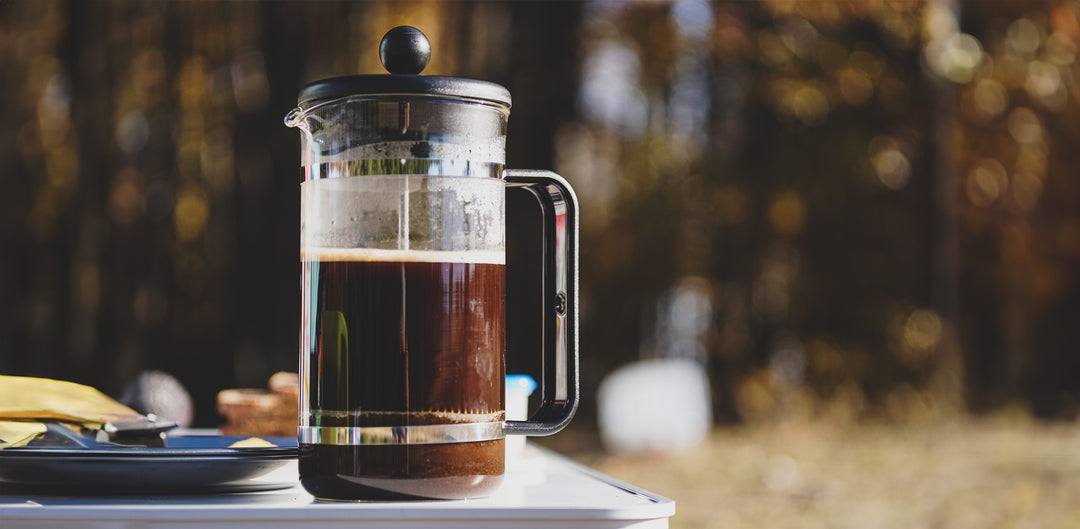
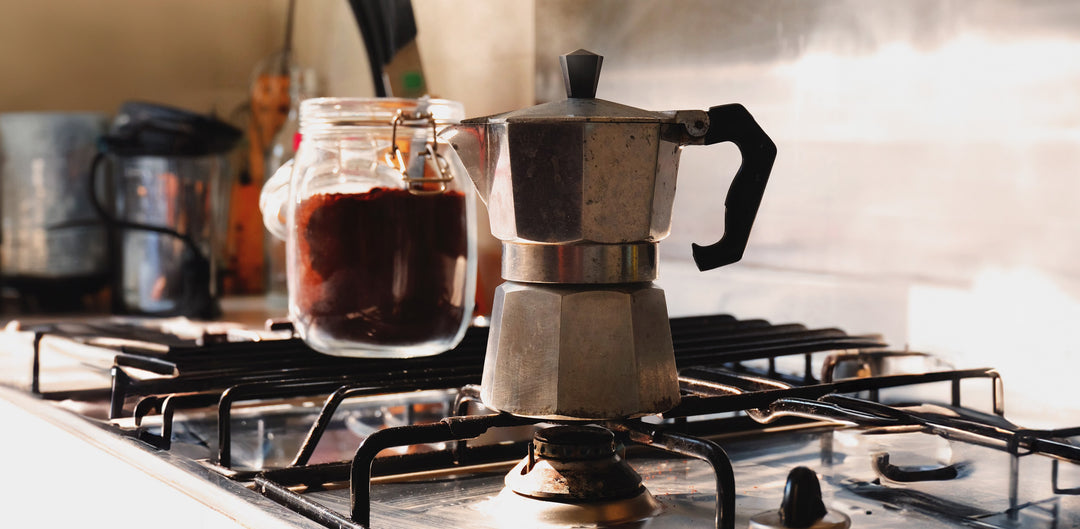
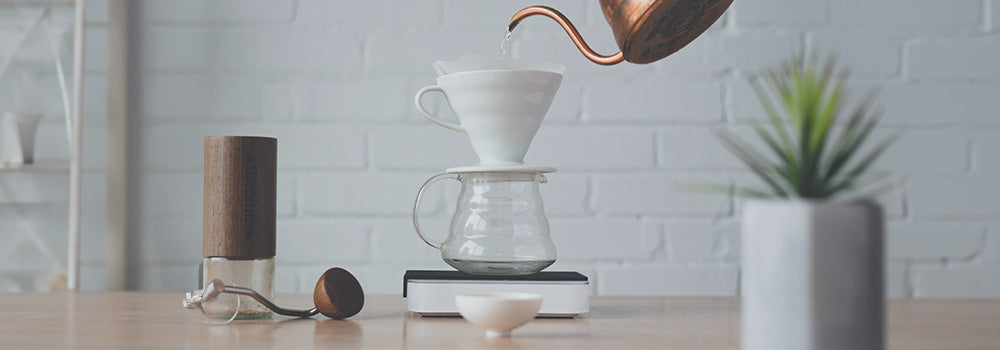
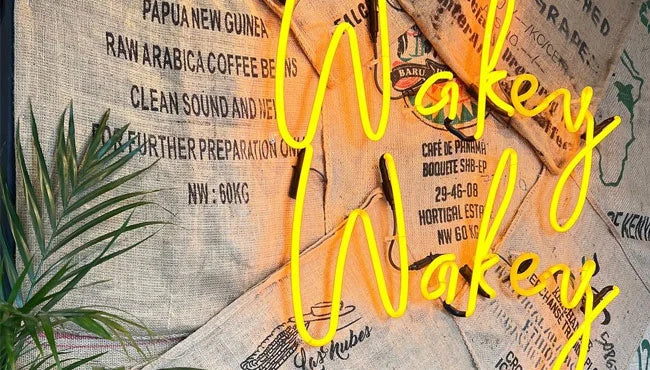
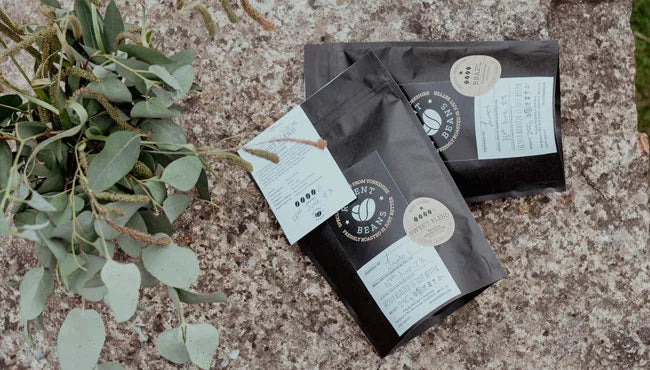
Leave a comment